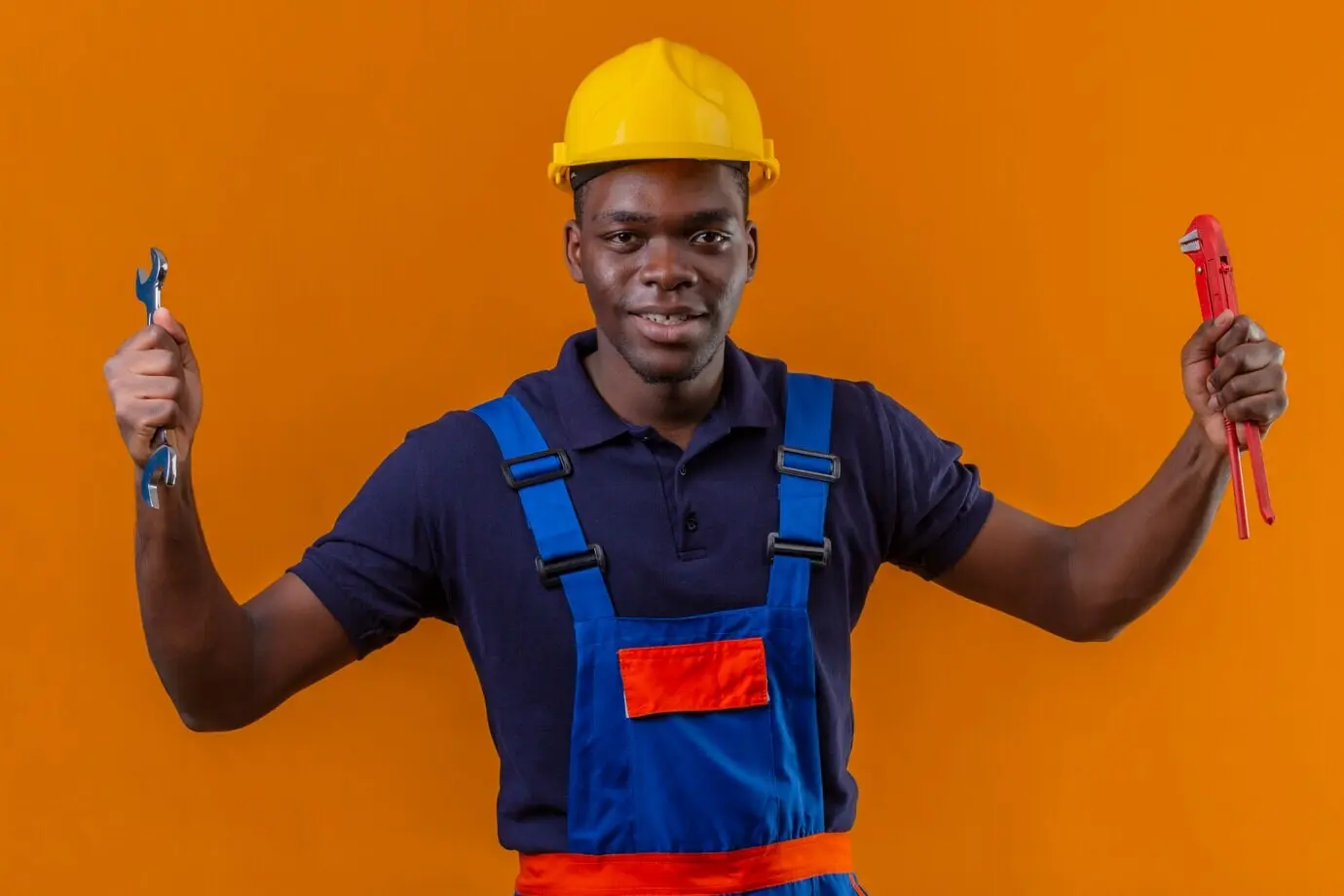Passive House Comfort, Timber Precision
From Solid Panels to Solid Results
Why Mass Timber Needs Continuous Insulation
Airtightness as a Craft, Not a Product
Carbon, Beauty, and Occupant Delight
Wall Build‑ups That Hit the Target

Roofs That Balance Heat, Vapor, and Durability
Warm Roof Over CLT with Continuous Insulation
Place the air and vapor control on the CLT roof deck, then stack rigid insulation above for unbroken thermal performance. With taped seams and careful parapet transitions, you gain simple detailing and excellent comfort. Choose insulation types and thicknesses guided by climate, drying potential, and fire requirements, verifying with hygrothermal checks for peace of mind.
Cold Roof Strategy with Vented Overbuild
When exterior insulation depth is limited, an over‑roof with vent channels can manage moisture and heat. Create a uniform ventilation path from eave to ridge, ensure intake and exhaust are protected, and maintain continuous air sealing at the CLT plane. This approach respects timber aesthetics inside while supporting robust, predictable drying behavior outside.

Fresh Air, Quiet Rooms, and Steady Temperatures

Design Proof: PHPP, Hygrothermal Checks, and Testing
01
Iterating Assemblies in PHPP Without Guesswork
Start with measured material values, conservative infiltration targets, and climate‑specific shading. Adjust insulation thickness, window placement, and ventilation efficiency while tracking comfort criteria like temperature asymmetry. Keep versioned notes of each change. This honest record helps teams explain choices, reduce contingency, and reach performance confidently without chasing unrealistic, brittle, or costly solutions.
02
Moisture Safety Checks with Hygrothermal Modeling
Model wall and roof sections through multiple years using real climate data and rain exposure. Confirm that wood moisture content stays safely below risk thresholds and that drying pathways remain open. Test variations, including unexpected leaks, so you know assemblies recover gracefully. These simulations turn complex physics into practical, field‑ready confidence.
03
Blower‑Door Day: A Playbook for Teams
Success begins before test day. Sequence membranes early, pre‑tape service holes, and maintain a running punch list of seams, corners, and window transitions. Assign roles for smoke‑pencil scouting, fan adjustments, and documentation. Celebrate the result, share lessons, then seal the remaining suspects, locking in airtight performance long before finishes hide your work.
Lessons from the Field and Your Voice
Case Note: A Timber Home Finished During Storm Season
A crew assembled panels under threatening skies, relying on rapid temporary drying‑in and staged tape work. Because penetrations were pre‑planned, the air barrier stayed intact despite schedule pressure. The final test impressed everyone, validating methodical preparation, clear drawings, and daily checklists that caught tiny leaks before they became frustrating, expensive surprises.
What We Would Change Next Time
We would prefabricate more window bucks, increase sill slopes, and photograph every membrane handoff during installation. A dedicated airtightness lead would track penetrations, while a pre‑blow test before insulation would reduce rework. These small process shifts protect budgets, preserve finish quality, and keep performance predictable, even when weather or timelines misbehave unexpectedly.

All Rights Reserved.